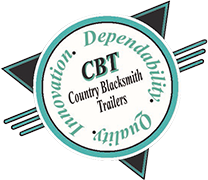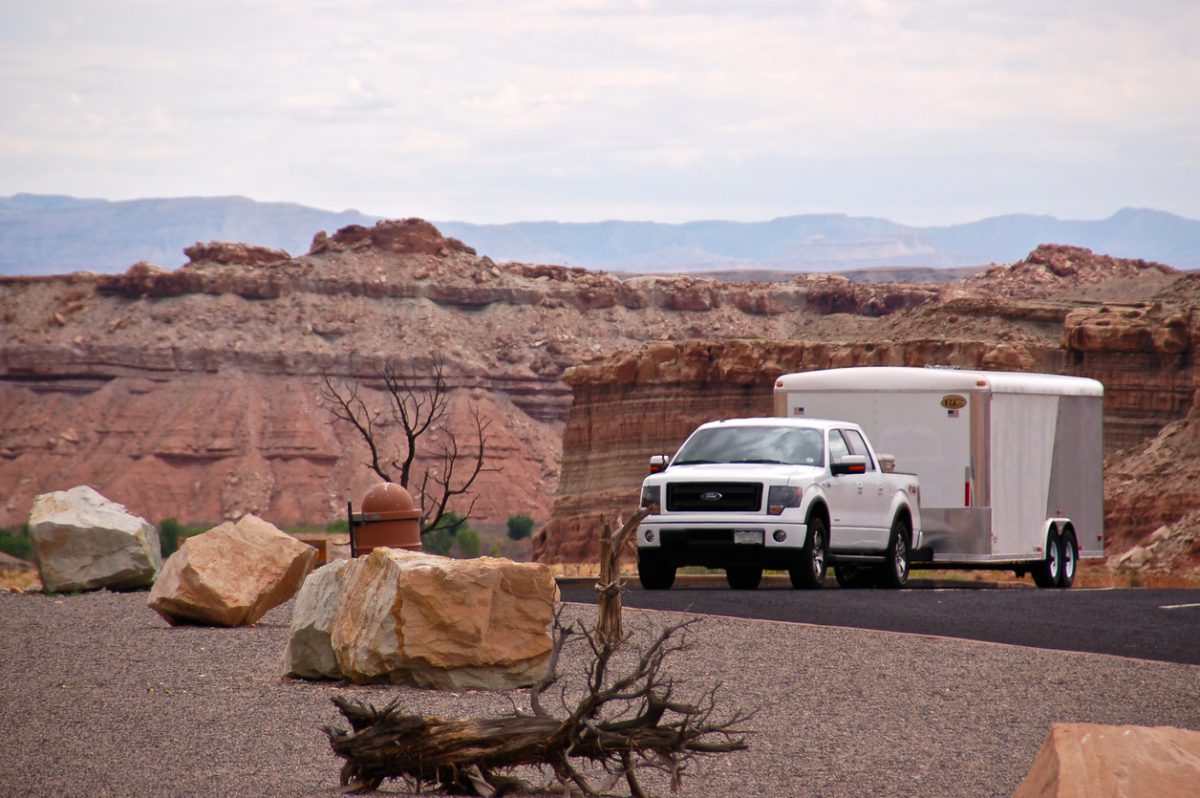You finally just purchased, rented, or borrowed a trailer or RV that you are planning to pull with your vehicle. You’re hitched up and ready to go, however, you realize that backing up is not as straight forward as, well, moving forward. To back a trailer into a parking spot or around a corner can be tricky at first, but with lots of practice, it can become an easy task.
Preparing To Back a Trailer
Practice:
As with anything new, practice makes perfect. Hitch your trailer to your vehicle and drive out to an empty parking lot. Give yourself plenty of room so you can get a feel for your trailer’s responsiveness. Smaller trailers are more responsive and adjust quickly to the motions of the tow vehicle, which make them more difficult than larger trailers to maneuver in reverse. Bigger trailers respond slower to the turning of the tow vehicle, which makes it easier to accommodate mistakes when backing the trailer up.
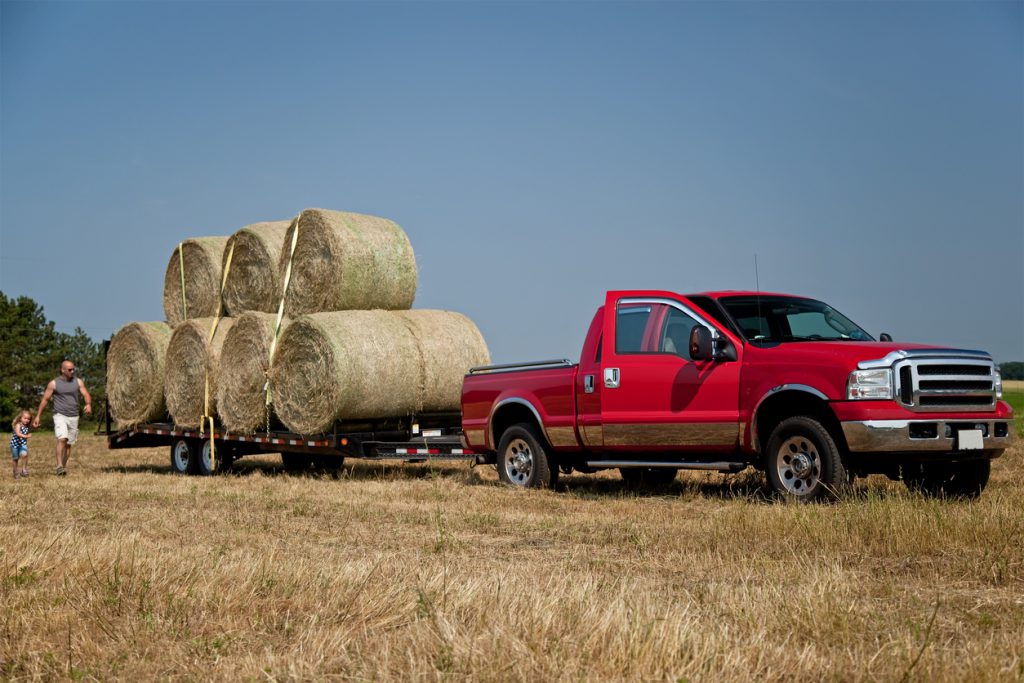
Be Mindful of Surroundings:
When hitched up, a trailer becomes an extension of your vehicle, and you have to be aware of both your vehicle and trailer’s position at all times. To give yourself better visual, adjust your mirrors so you can clearly see the rear of the trailer. If possible, have a spotter be eyes in your blind spots. These precautions will keep you from hitting obstacles that could be easily missed like low hanging tree branches, holes, or fences.
Take It Slow:
If you go off path or jackknife the vehicle and trailer, just pull forward as far as you need to straighten up the angle of the trailer and try again. And if you need to get out of your vehicle to get a better visual of what is going on behind the trailer, do it! The important thing is that you park the trailer in the right spot without causing damage. Be aware that bumps and holes may also push your trailer in an unexpected direction. Reversing uphill will require a little extra gas on the pedal as well, due to gravity, but the methods of turning the steering wheel stay the same.
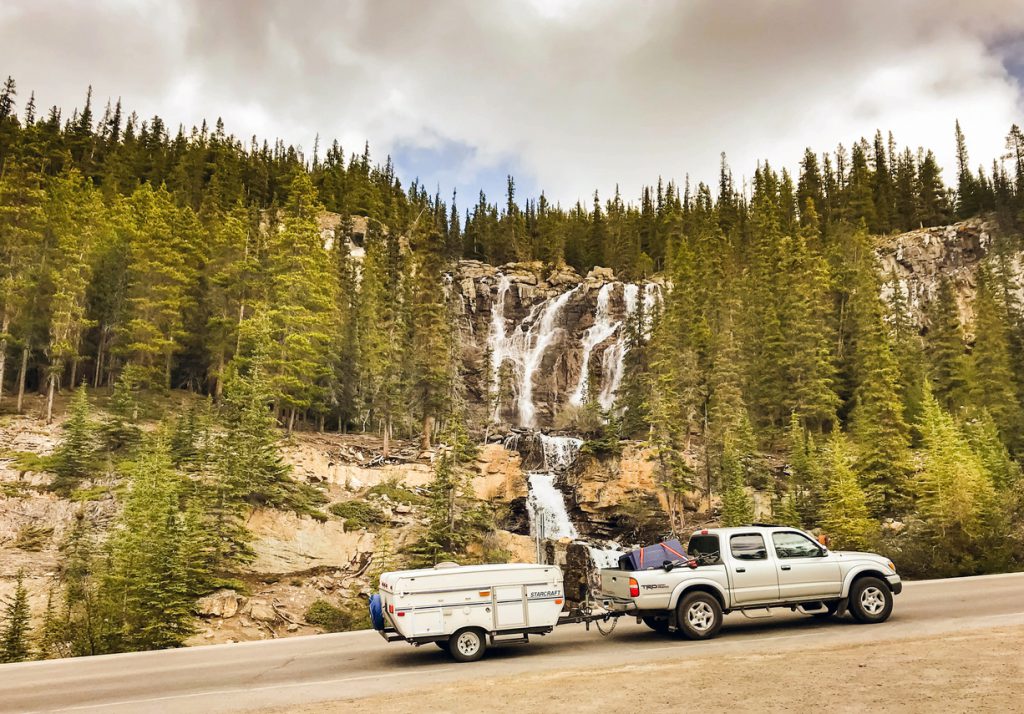
How to Steer a Trailer in Reverse
Looking Out the Window:
When you back a trailer into place and you are looking out the window toward the trailer, keep one hand on the steering wheel and just turn the wheel in the direction you want the back of the trailer to go.
Using Rearview Mirror:
When you are moving forward, you turn your wheel to the right (clockwise) and both the vehicle and the trailer turn right. Turning the wheel left (counterclockwise) will turn both the vehicle and trailer left. When you back a trailer using your mirrors, you must think backwards when turning the wheel of your vehicle. Spinning the steering wheel right, will cause the back of the trailer to move left and spinning the steering wheel left will cause the back of the trailer to move right. Another way to replicate the correct motion of the steering wheel when looking forward at your mirrors is to keep one hand on the bottom of the wheel, as the bottom of the steering wheel directs the movement of the trailer.
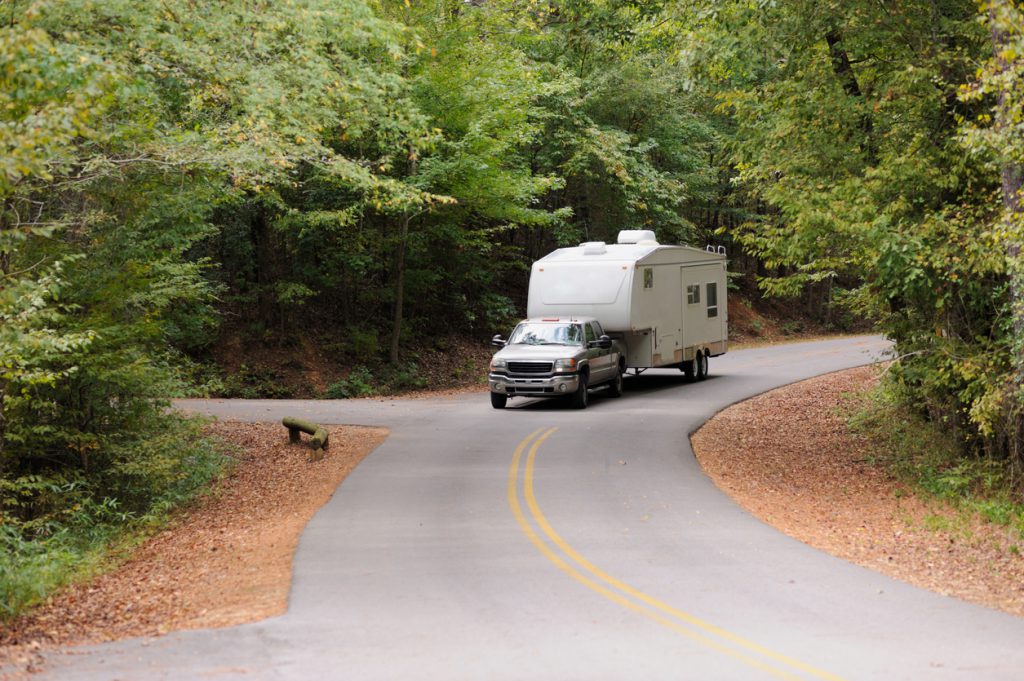
Reversing A Trailer Around a Corner
Step 1:
Pull straight past (overshoot) your spot or lane that you need to back into and line the rear of the trailer right past the entrance. Stop, roll your window down and put your 4-way flashers on. Turn your steering wheel to the left (counterclockwise) so that your vehicle’s front tires are fully tilted to the left.
Step 2:
Begin reversing your vehicle and backing the trailer to get your turning angle. Once it looks like the trailer has the correct turn radius, start spinning your steering wheel slowly the opposite way to the right (clockwise) to accommodate the direction and ensure the angle of the trailer doesn’t get too tight. Keep straightening out your vehicle while avoiding hitting anything as you move.
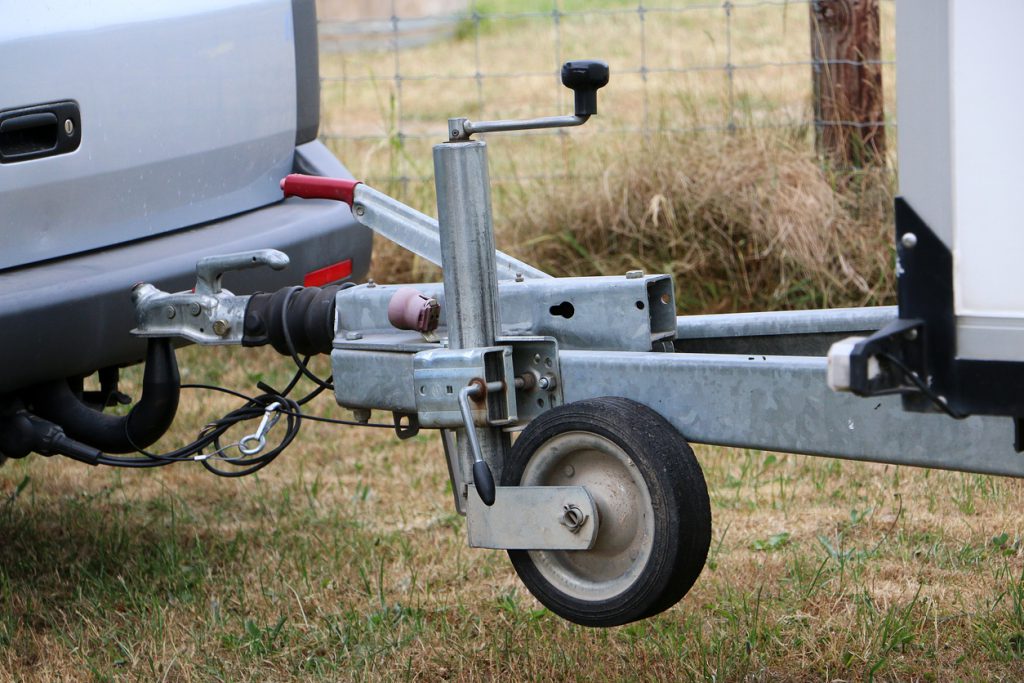
Step 3:
Keep moving back and making slight adjustments until you fully straighten out and are in your spot or lane. Most movement shouldn’t be more than a quarter turn of the wheel. You can pull forward as needed to avoid the angle between the trailer and vehicle getting too tight. Just keep an eye on your surroundings as you move in each direction.
Now that you are equipped with the knowledge on how to back a trailer like a pro, check out our inventory of new and used trailers. At Country Blacksmith Trailers, we have enclosed cargo, utility, dump, livestock, tilt deck trailers and more! We also do trailer customizations to help you get exactly what you need from your trailer. Let us help you with your trailer and accessory needs for whatever job you need to complete. Fill out this contact form to get started!
